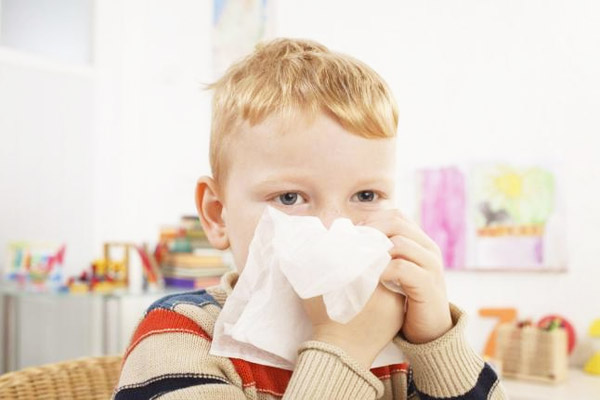 Parents of kids with severe allergies know how scary a severe allergic reaction (anaphylaxis) is. New research offers clues as to why some kids can have a second, related reaction hours later — and what to do about it.
Parents of kids with severe allergies know how scary a severe allergic reaction (anaphylaxis) is. New research offers clues as to why some kids can have a second, related reaction hours later — and what to do about it.
A study in the Annals of Allergy, Asthma and Immunology, the scientific publication of the American College of Allergy, Asthma and Immunology (ACAAI), examined records of 484 children seen in an emergency department (ED) for anaphylaxis. The researchers tracked whether there was a second, follow-up reaction. Delayed reactions occur when the initial symptoms of an allergic reaction go away but then return hours later without exposure to the substance that caused the reaction.
“We found that 75 percent of the secondary reactions occurred within six hours of the first,” said Waleed Alqurashi, MD, lead author of the study. “A more severe first reaction was associated with a stronger possibility of a second reaction. Children aged six to nine, children who needed more than one dose of epinephrine and children who do not get immediate epinephrine treatment were among the most likely to develop secondary reactions.”
Children who developed a second reaction had evidence of anaphylactic shock in the ED, required multiple doses of epinephrine and required multiple other therapies to treat the first reaction. At least half of the second reactions were considered serious, and also required treatment with epinephrine.
“The key message here for parents, caregivers and first-responders is to administer epinephrine at the first sign of a severe allergic reaction to prevent anaphylaxis from worsening,” said allergist James Sublett, MD, ACAAI president. “Anaphylaxis symptoms occur suddenly and can progress quickly. Always have a second dose with you and, when in doubt, administer it too. Anaphylaxis can be fatal if left untreated.”
The early symptoms may be mild, such as a runny nose, a skin rash or a “strange feeling,” but these symptoms can quickly lead to more serious problems, including trouble breathing, hives or swelling, tightness of the throat, nausea, abdominal pain or even cardiac arrest.
An emergency room visit for anaphylaxis should be followed up with a visit to an allergist, as allergists provide the most comprehensive follow-up care and guidance.